Storms can bring about significant coastal change as well as substantial economic damage and loss in the human environment. Read about a few storms of interest that have since made history due to their unique intensity, characteristics, or impacts.
-
Article 1: Storms in the Geologic Record
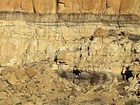
Storms have occurred for millions of years leaving signs of their presence in the ancient rock layers and sediment deposits found throughout many National Parks. Read more
-
Article 2: Galveston Hurricane of 1900

The hurricane that made landfall at Galveston, Texas, in 1900, was in the vicinity of what is now Padre Island National Seashore (authorized in 1962). Although the “Great Galveston Hurricane” also occurred before the establishment of the Saffir-Simpson hurricane scale, this estimated category 4 storm is still considered the United States’ deadliest natural disaster. Read more
-
Article 3: Ash Wednesday Storm of 1962
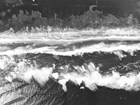
The Ash Wednesday Storm of 1962, an extratropical “northeaster,” was one of the most destructive storms ever to strike the middle-Atlantic states. According to the U.S. Geological Survey, this storm is comparable in strength to the most intense hurricanes of historical record. Read more
-
Article 4: 1984 Thanksgiving Day Storm
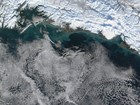
The Thanksgiving Day Storm across southeast Alaska occurred simultaneously with one of the highest tides of 1984. Timing “made the difference between another strong storm and one which caused millions of dollars in damage; between a rainy, windy day and one in which houses ended up in the ocean” Read more
-
Article 5: Great Storm of ‘88
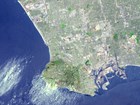
Great Storm of 1988 that struck the Pacific Coast from Baja California to San Francisco on 17–18 January 1988 produced the largest waves ever measured in the Southern California Bight (between Channel Islands National Park and the mainland) and exceeded anything recorded or hindcasted for the southern and central coastline. Read more
-
Article 6: The Perfect Storm (1991)
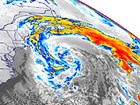
Also known as the Halloween Storm, “The Perfect Storm” was “an extraordinary confluence of atmospheric ingredients” and “unique in its evolution” . Read more
-
Article 7: Hurricane Andrew (1992)
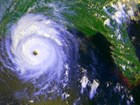
Hurricane Andrew was a small and ferocious Cape Verde hurricane that wrought unprecedented economic devastation along a path through the northwestern Bahamas, southern Florida peninsula, and south-central Louisiana. Read more
-
Article 8: 1982–1983 El Niño
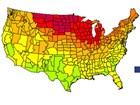
As a result of this El Niño, heavy surf and rains severely eroded beaches and fragile sea cliffs in coastal California. National Park System units in California affected by the 1982–1983 El Niño event were Point Reyes National Seashore, Golden Gate National Recreation Area, and Pinnacles National Monument. Read more
-
Article 9: 1997–1998 El Niño / 1998–1999 La Niña
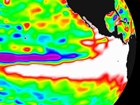
Wind-driven waves and abnormally high sea levels contributed to hundreds of millions of dollars in flood and storm damage in the San Francisco Bay region, including Point Reyes National Seashore, Golden Gate National Recreation Area, and Pinnacles National Monument. In addition to California, the 1997–1998 El Niño and the following 1998–1999 La Niña severely impacted the Pacific Northwest, including many National Park System units. Read more
-
Article 10: The 2005 Hurricane Season
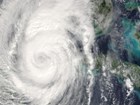
The 2005 hurricane season was extraordinarily active, destructive, and costly. A record 27 named storms, which included 15 hurricanes, 7 of them major, killed more than 1,500 people with thousands more displaced or missing, and caused more than $200 billion in damage in the United States. An unprecedented three hurricanes had sustained winds of more than 155 miles per hour (249 kph)—the equivalent of a category 5 hurricane. Read more
